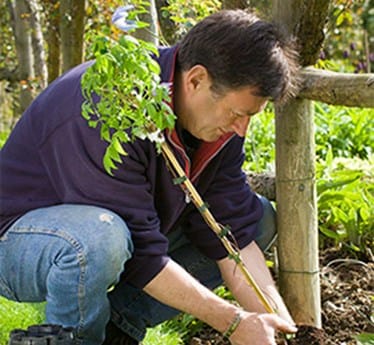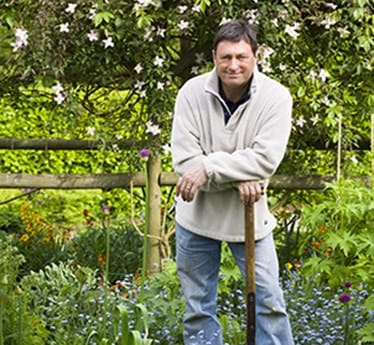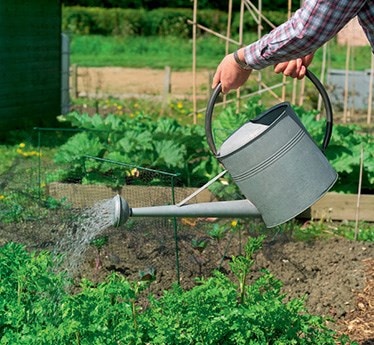History of Blackcurrants
Blackcurrants have always been a distinctly unloved sort of fruit. In 18th century France the berries were doled out like pills in place of senna pods, and a food writer of the time claimed they looked like bedbugs. Well, it would certainly put you off.
Meanwhile over in Britain the strong medicinal flavour of Blackcurrants made them a favourite cough remedy – diluted with whisky - while sweet and sticky blackcurrant syrup was taken for sore throats (and indeed throat pastilles have traditionally been blackcurrant-flavoured ever since).
Again, a reputation like that is hard to shake off. Blackcurrants enjoyed a brief boost in Victorian times since anything black was in vogue while the Queen was in mourning for Prince Albert, but the funereal fruits were at their most popular during World War II. Known for their high vitamin-C content, everyone with a garden grew a few blackcurrant bushes to make jam to use in thrifty desserts, and Blackcurrants are still grown commercially to make healthy vitamin-C-rich blackcurrant drinks.
Known for their high vitamin-C content, everyone with a garden grew a few blackcurrant bushes to make jam to use in thrifty desserts
Top Blackcurrant picks
Blackcurrants and kitchen gardening
The recent kitchen-gardening craze has made it fashionable to grow all sorts of fruit at home, but while everything from antique apples to goji berries have taken off, Blackcurrants remained in the doldrums. The bushes have a reputation for growing huge, so people worry they won’t fit into compact, modern gardens. And anyway, they think, apart from jam, what can you do with the berries? When trendier fruit can be enjoyed raw in a range of light and healthy low-calorie desserts, who wants to waste space growing fruit that tastes so sharp it needs cooking in its own weight of sugar to make it edible? The good news is, all that’s changing. For some time, modern fruit breeders have been introducing more compact varieties of Blackcurrants, and now – instead of massive bushes that could easily reach six feet high and as wide – there are varieties like ‘Ben Conan’ and ‘Ben Sarek’ around half that size that still produce huge crops of fruit, up to 4.5 kilos per plant.
But the jewel in the crown of blackcurrant breeding has always been to find a variety with fruit that’s sweet enough to eat raw. The Jostaberry was a good start – a hybrid between blackcurrant and gooseberry with blackcurrant-like fruit the size of small gooseberries, heavy crops and a fairly good flavour, though it wasn’t very easy to grow. But now there are a few new blackcurrant varieties that really hit the spot; look for ‘Big Ben’ and ‘Noiroma’. Besides eating them raw straight out of your hand as you walk round the garden, they are fun in fruit salads, great in smoothies and a must for summer puddings – plus other tasty treats that don’t need tons of added sugar.
As a bonus, Blackcurrants are far less fussy about their growing conditions than other fruit trees, bushes or canes. Though the plants love very rich, rather heavy and moisture-retentive soil, they don’t object if it’s on the wet side – they positively adore manure, and the more the merrier. So if your garden isn’t up to scratch for ‘posher’ fruit, give Blackcurrants a go. Order now and plant bare-root plants any time over this winter - pot-grown specimens can be planted any time you like, even during the growing season, if you keep them well watered.














